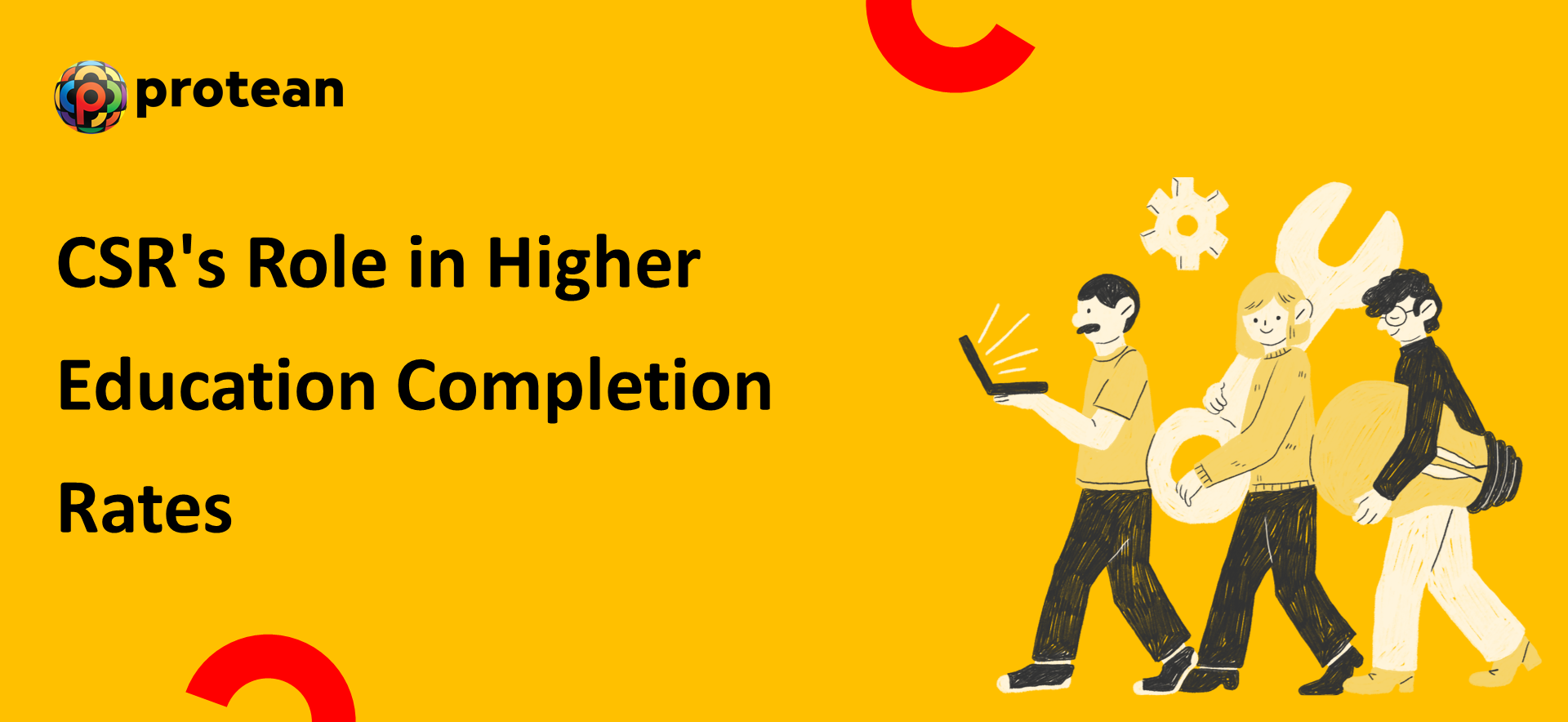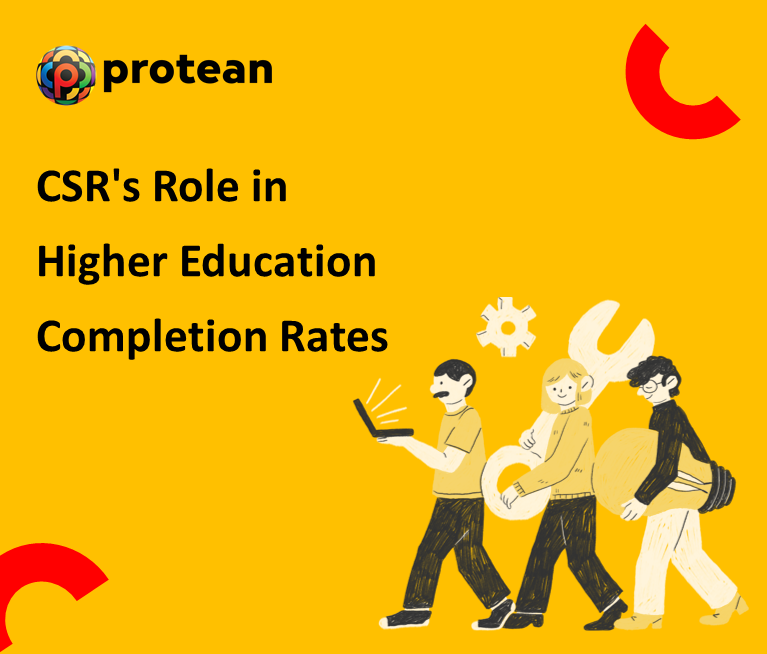India has achieved a remarkable milestone in recent years: the secondary school dropout rate has fallen sharply from 21% in 2013–14 to 8.2% in 2024–25. This major progress reflects successful efforts in keeping students within the foundational school system. However, as the focus shifts to higher education, a new and persistent challenge emerges: the completion crisis.
Rising enrollment doesn’t automatically translate into graduation. When students enter colleges and institutions, particularly those from low-income and Tier 2/3 backgrounds, financial and social vulnerabilities persist. Data reveals the stark reality: over 32,000 students dropped out of higher-education institutions over four years, with 52% belonging to SC/ST/OBC groups. This clearly shows that securing admission is only the first step; the challenge lies in ensuring continuity. For many first-generation learners, the cost of staying enrolled—including living expenses, family responsibilities, and lack of guidance—often outweighs the perceived benefits, threatening to end their education journey abruptly.
This is the gap that education-linked Corporate Social Responsibility initiatives must now address, evolving from merely providing access to guaranteeing achievement.
| Also Read: What young India really needs from CSR |
Understanding the Dropout Gap
Dropout in higher education is not typically due to a lack of intent or academic failure; it’s largely due to economic pressure and weak retention systems. For students balancing academics with part-time work or family income needs, one financial shock—a sudden medical expense, a delay in fees, or a family job loss—can end their educational journey. Financial stress and socio-economic factors remain the top causes of student attrition.
The improvement gaps remain particularly acute in ensuring students not only access but also complete higher education. Students in Tier 2 and Tier 3 towns are especially at risk, facing socio-economic barriers that drive dropout risk.
Enhancing Access with Guarantees of Completion
Current scholarship models successfully serve a vital purpose: they address the access problem by removing the initial financial barrier of tuition fees. This foundational step ensures that talent is not held back by economic circumstance. However, recognizing the opportunity for deeper impact, the goal of modern CSR is evolving.
Scholarships are now moving beyond being just one-time financial aid to become comprehensive support systems. By integrating continuous, lifecycle support—such as personalized mentoring, essential stipends for living expenses, crucial counselling, and robust emergency contingency funds—companies are actively sealing the commitment to their students. This expansion ensures that financial resources translate into a clear guarantee of the intended educational outcome, demonstrating not only the commitment to the number of students awarded scholarships but also the successful percentage of recipients who actually complete their degrees.
| Also Read: Top Companies: CSR in Education |
How CSR Can Redefine Support
CSR initiatives must evolve from offering one-time financial aid to establishing lifecycle student support models to truly support India's youth and secure the nation's future productivity. This requires a holistic view that tracks the student from the moment they receive aid until graduation.
This shift involves creating integrated intervention models:
1. Financial Stability
Offering monthly stipends or living allowances for vulnerable students, rather than just tuition payments, to alleviate immediate economic pressure.
2. Contingency Aid
Creating emergency financial aid mechanisms to support students facing unforeseen crises (e.g., medical expenses), preventing them from dropping out when they are most at risk.
3. Mentorship and Guidance
Establishing robust mentorship and counselling networks to provide the guidance often lacking for first-generation learners.
4. Retention Tracking
Partnering with local NGOs and colleges to actively monitor student progress, including semester performance, attendance, and financial health.
CSR directly fills the critical void left by fragmented retention frameworks by transforming scholarships into sustained support systems.
| Also Read: India's CSR Funding Gap |
The Vidyasaarathi Model
Implementing this lifecycle support model across hundreds or thousands of students requires advanced digital infrastructure. This is where platforms like Vidyasaarathi come in.
These systems are designed to manage scholarships transparently while enabling the data-backed tracking of student progress. They go beyond the initial awarding of funds to allow organizations to monitor whether students stay enrolled, graduate, and transition successfully to jobs.
This model represents a crucial shift in measurement: it moves away from measuring money disbursed to measuring impact delivered. This ensures that every student supported actually reaches the finish line, maximizing the return on the CSR investment.
The Final Note
India has made remarkable strides in reducing school dropouts, validating efforts to widen access. However, the next big challenge lies in higher education continuity. Each dropout represents a lost opportunity for individual growth and national productivity.
CSR has the potential and the means to close this gap—transforming initial financial access into sustained, outcome-driven support systems. By focusing on completion rates and leveraging transparent digital enablers like Vidyasaarathi, this critical shift becomes both scalable and measurable. This ensures that corporate social responsibility delivers true education equity, not just initial access, but guaranteed achievement.

